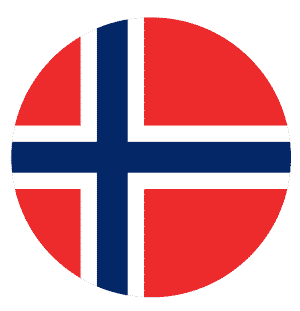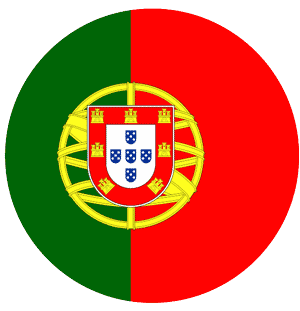According to market participants, preliminary estimations show that there is expected to be a marginal growth in the area devoted to potato production, if any, within Europe for the upcoming 2022/23 season. Growers have faced significant rises in various input costs, including fuel, fertiliser, electricity and labour, and this is expected to have influenced planting decisions for the 2022/23 potato season. In January 2022, the North-Western European Potato Growers (NEPG) estimated growth in production costs of 15-20% compared to January 2021. This is expected to have been surpassed recently due to the additional surge in energy and fertiliser costs following the Russia-Ukraine war, raising major concerns amongst growers regarding the industry’s future.
There is projected to be a movement from the production of starch and table potatoes to the production of processing potatoes, likely due to the high demand for processing potatoes. This will likely impact production estimates for the upcoming season, as supplies for processing could potentially be higher year-on-year (y-o-y), which could ease any growth in EU processing potato prices.
Weather is the other key watch-out factor in the EU. The risk for growers is that the yield potential of a smaller planted area would be more sensitive to adverse growing conditions, such as drought or frosts. Planting conditions across the EU were drier than average in April, and soil moisture was limited, raising concerns of drought. However, since then, significant rainfall has fallen, allowing moisture reserves to increase to support the flowering of the new crop. The Mintec Benchmark Prices (MBP) of processing potatoes from the Netherlands declined by 5.7% week-on-week (w-o-w) on 1st June to EUR 250/MT in line with the favourable weather conditions. Whilst the price of processing potatoes from Belgium remained stable w-o-w at EUR 230/MT on 1st June. Both prices remain higher y-o-y, up 108% and 256%, respectively, largely attributable to higher input costs and tighter 2021/22 supplies.

.png?width=145&height=54&name=Mintec_Logo_Small_Use_Mono_RGB%20(2).png)


















